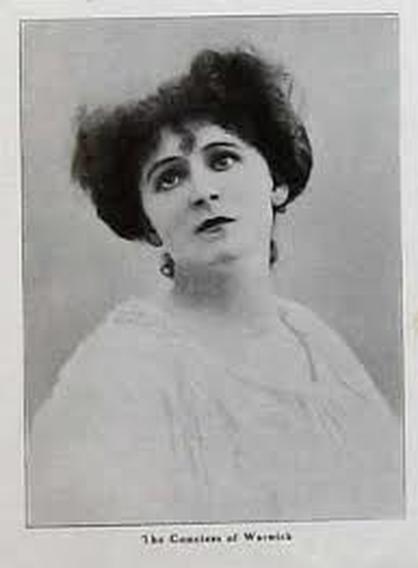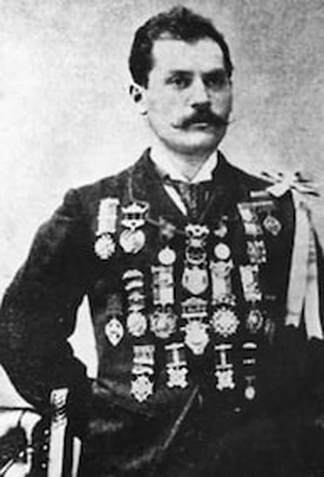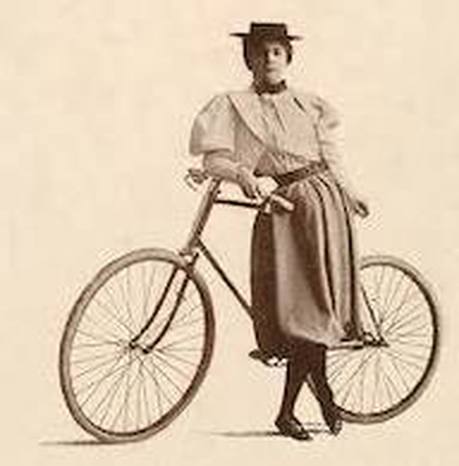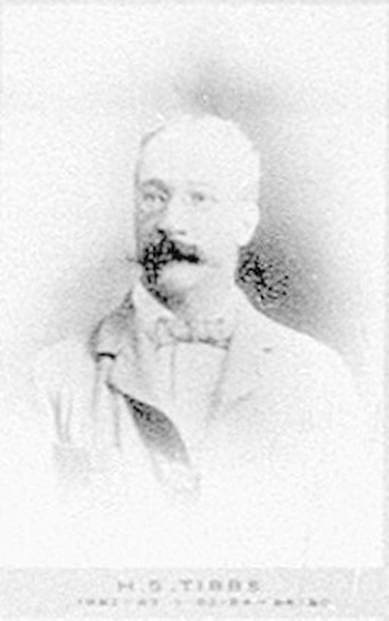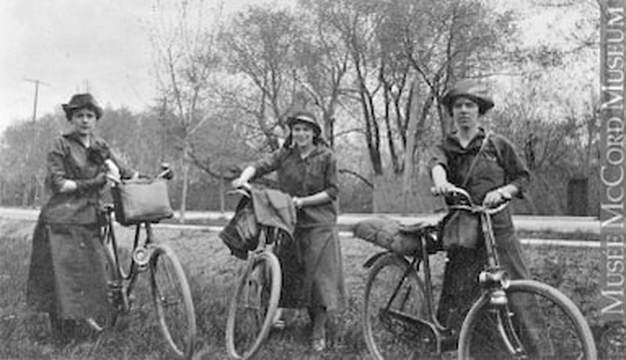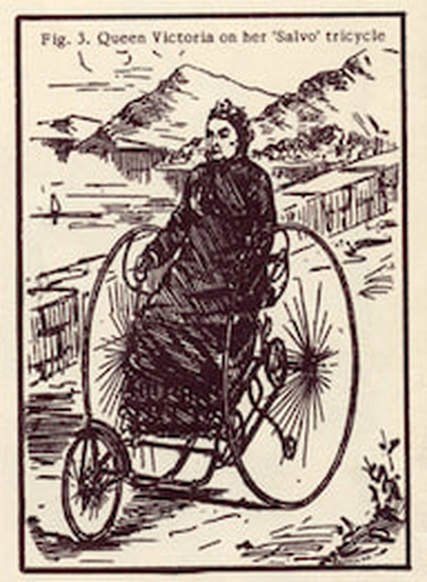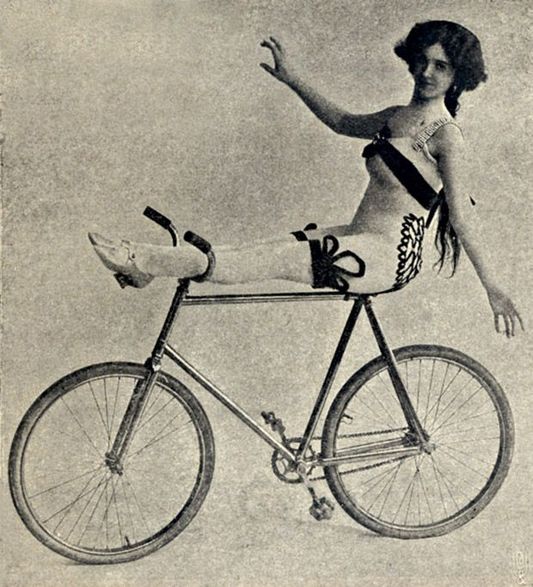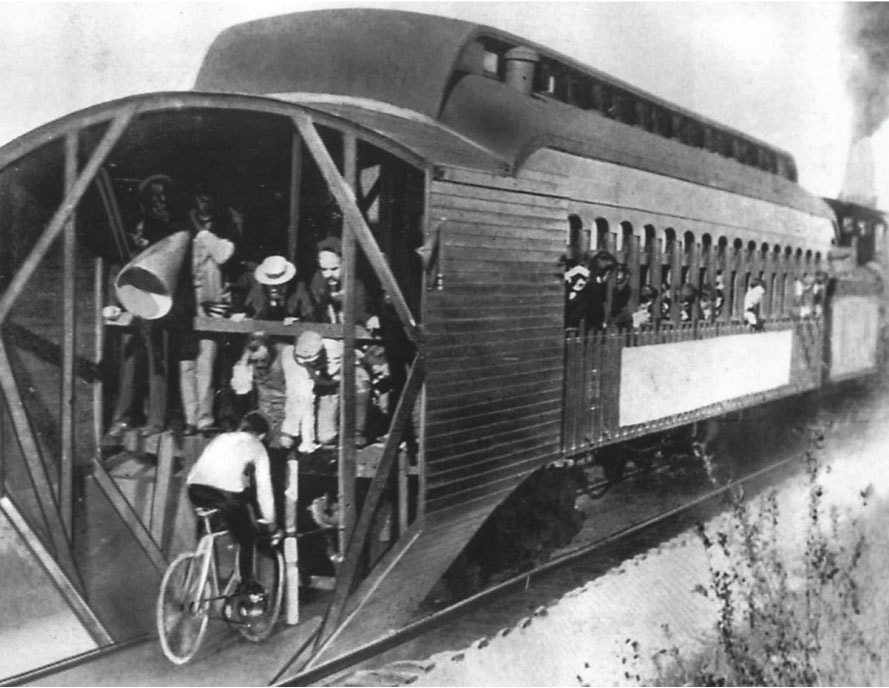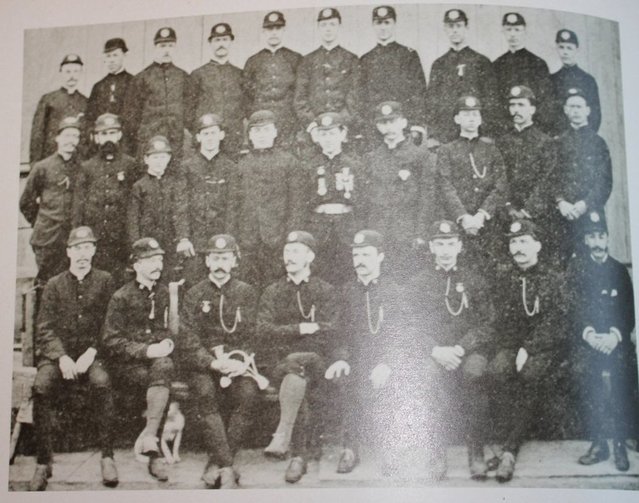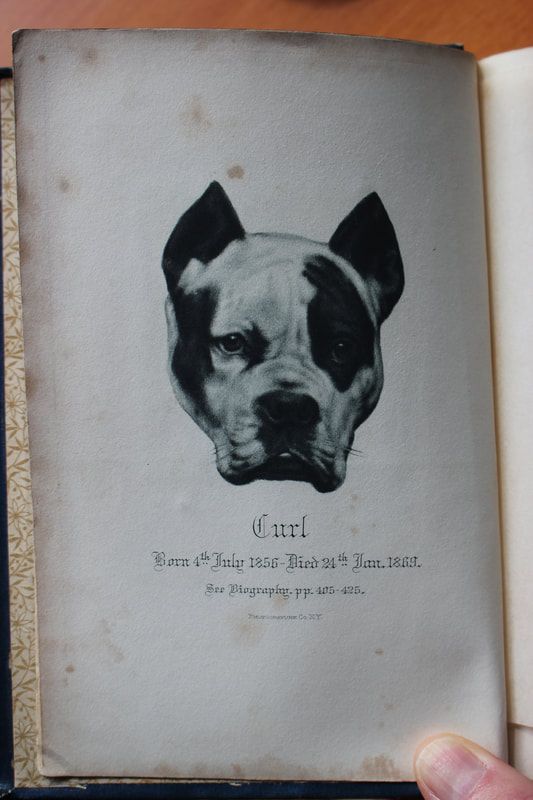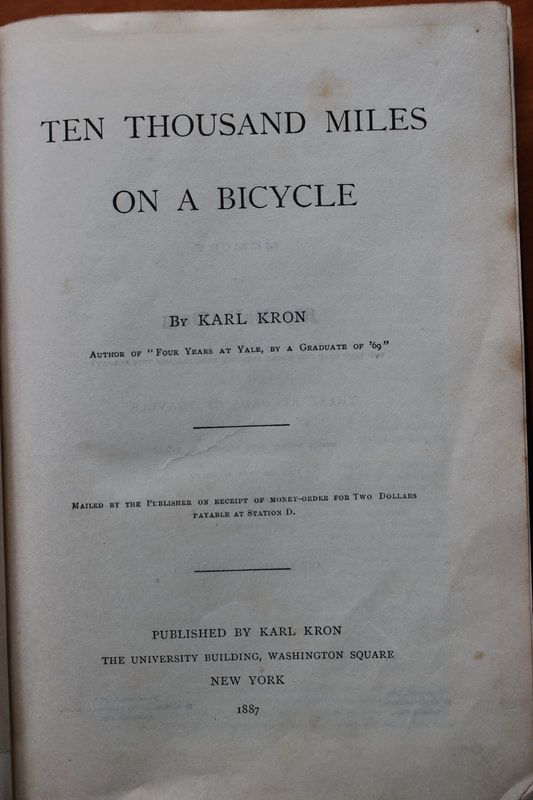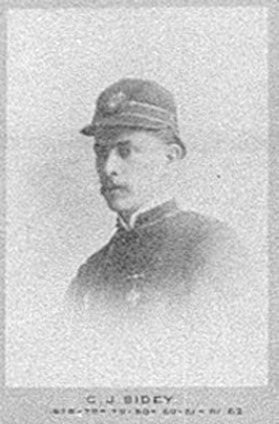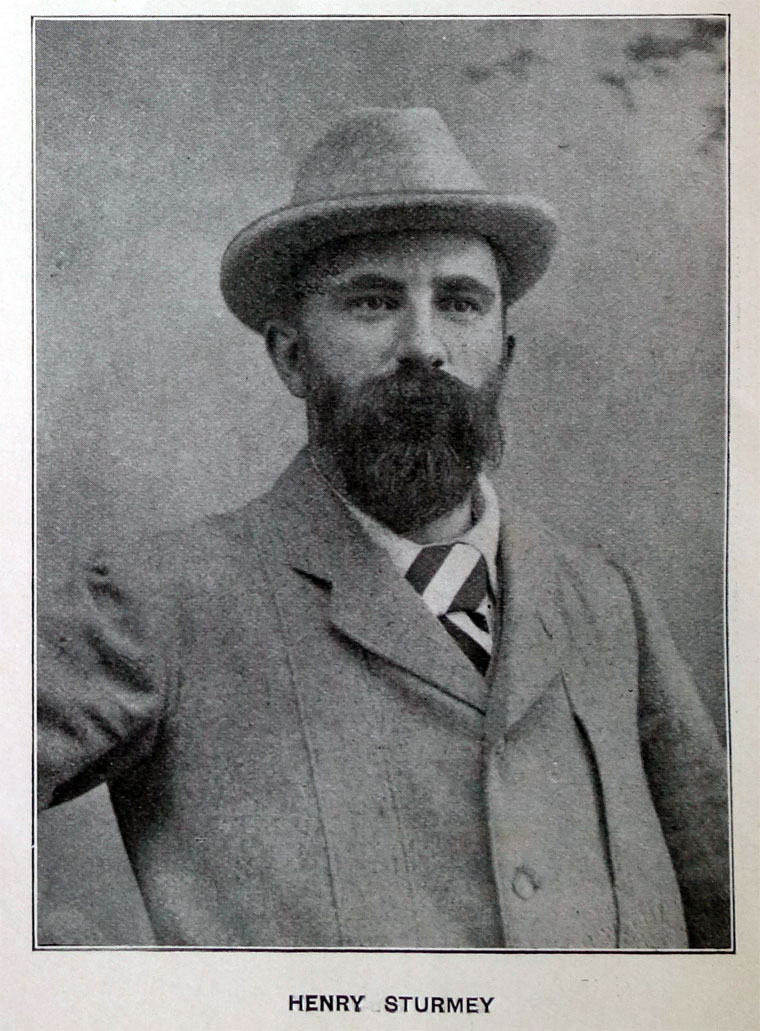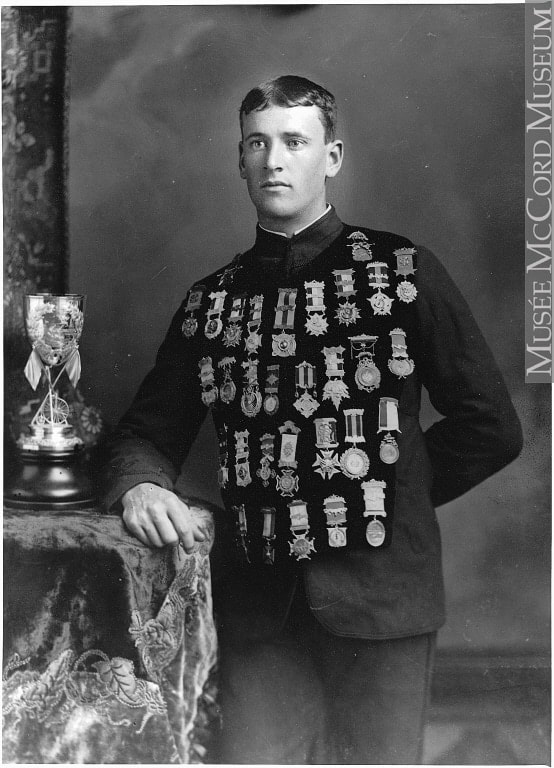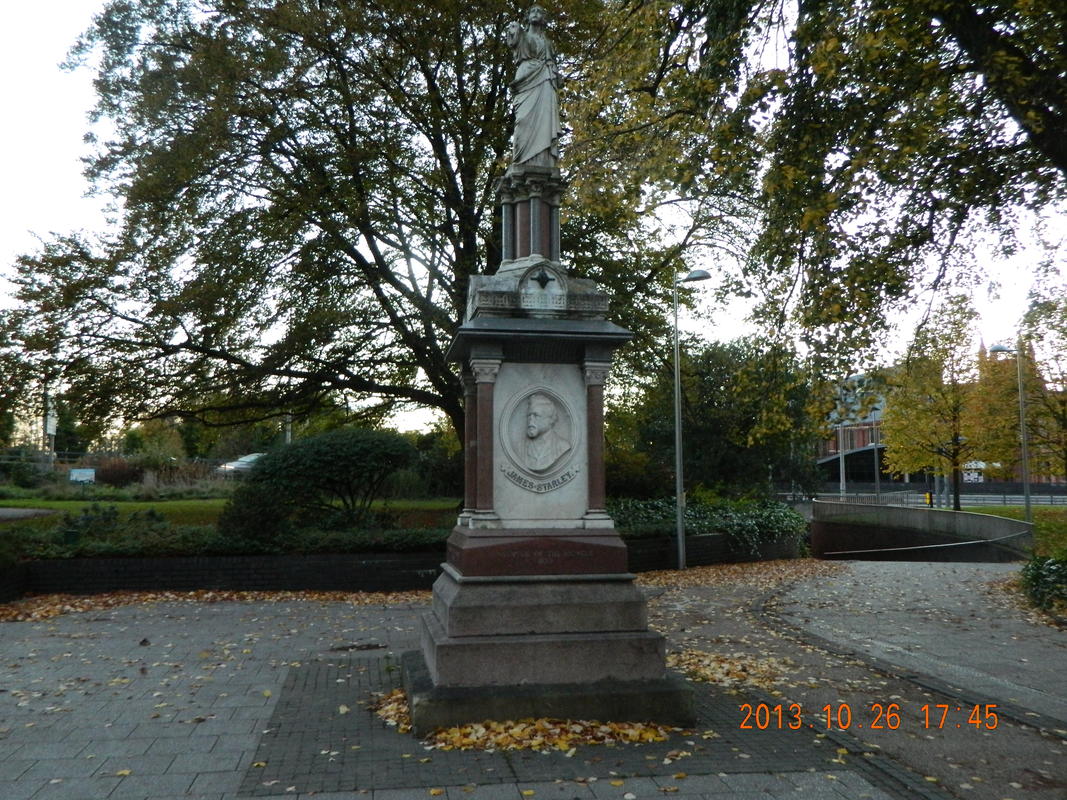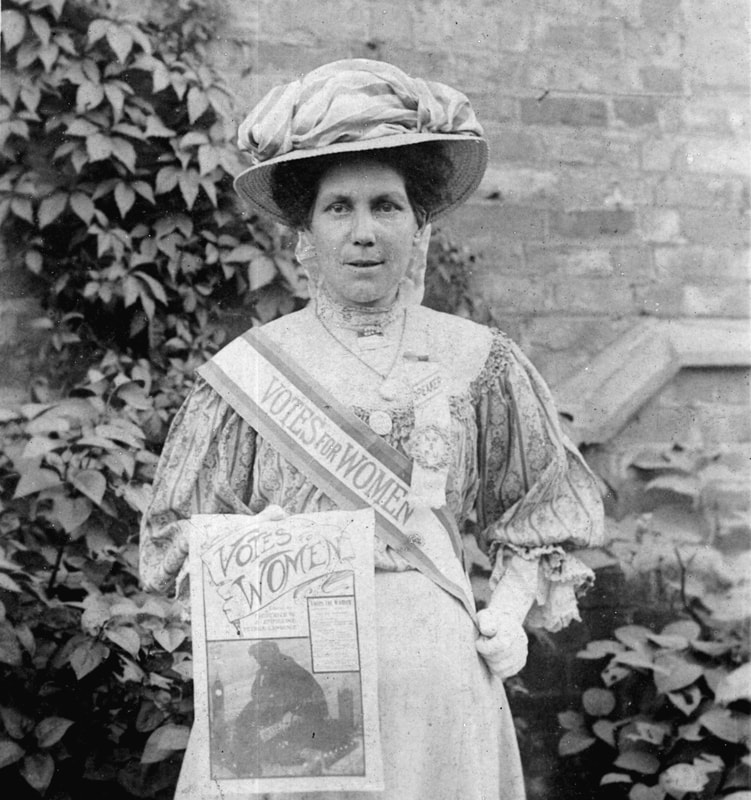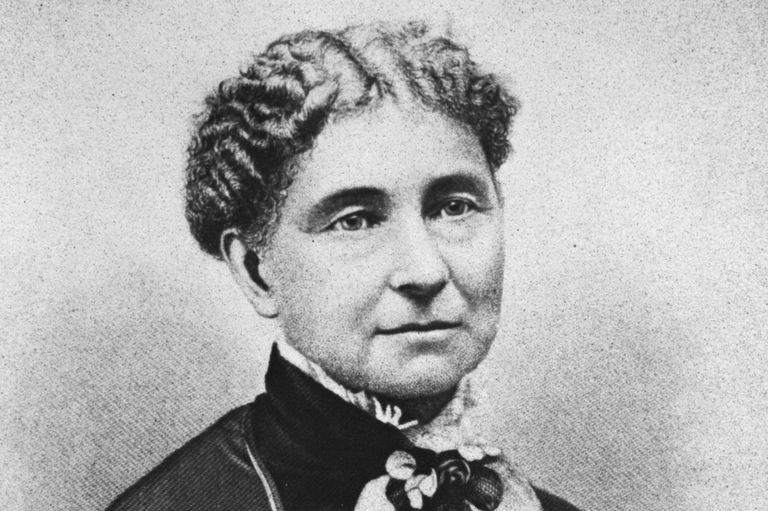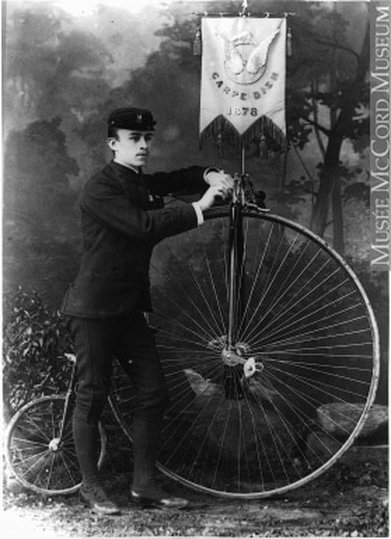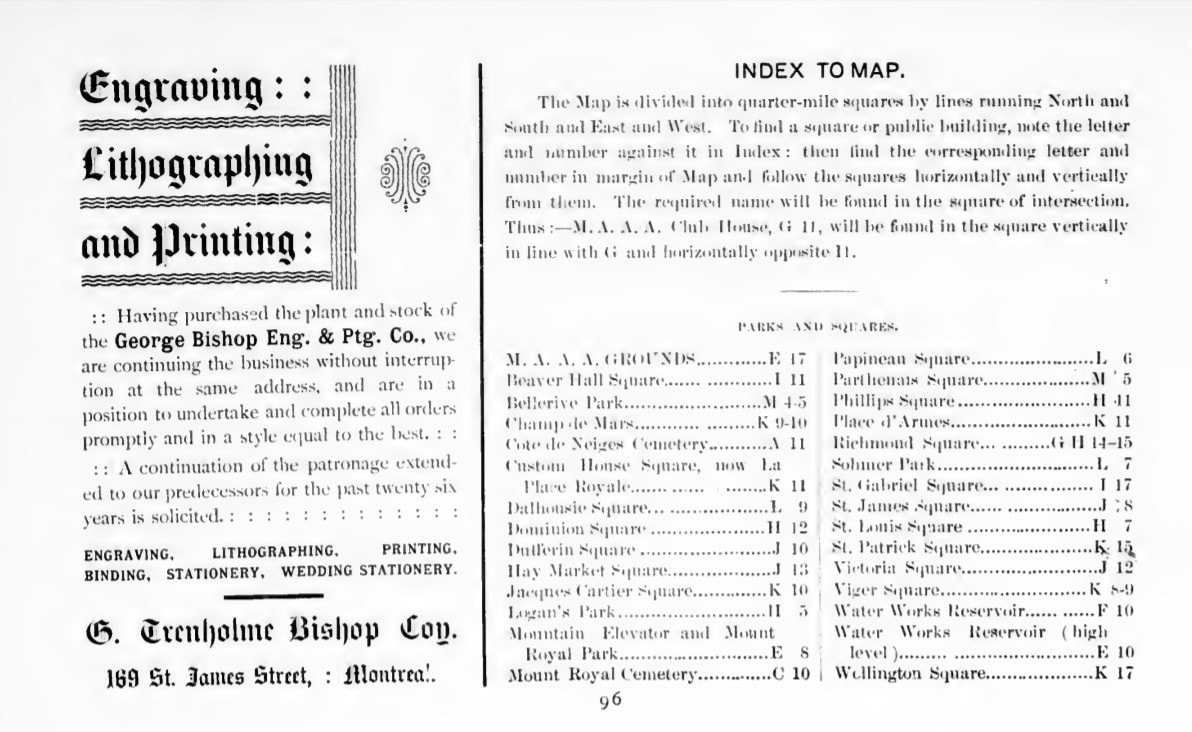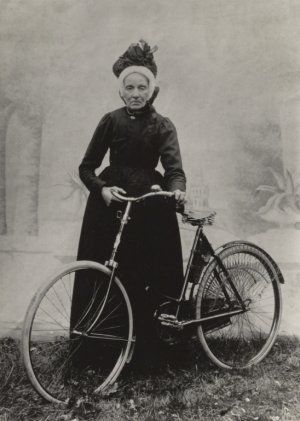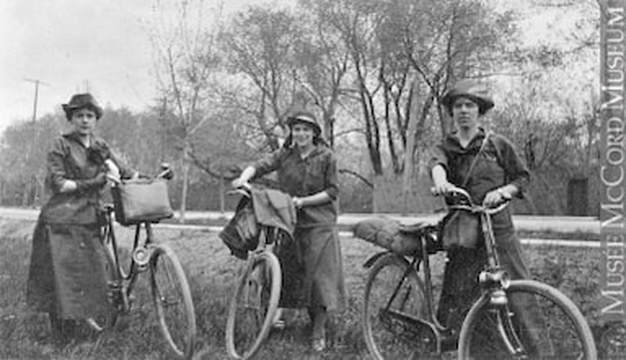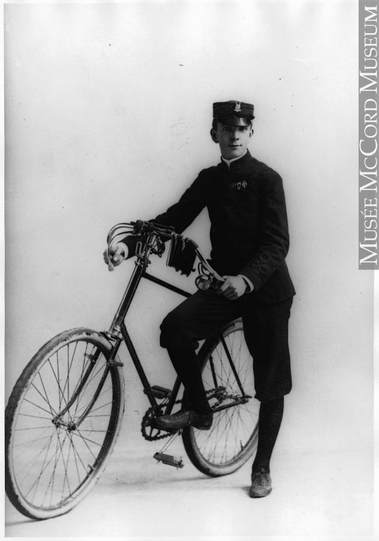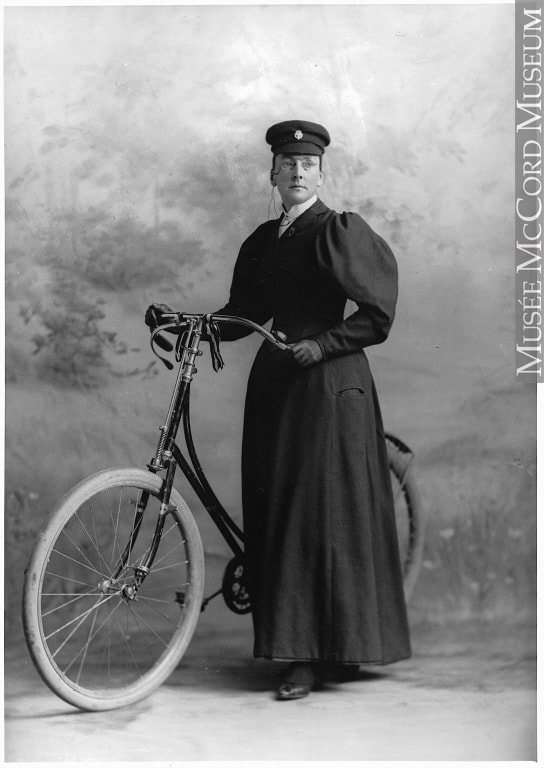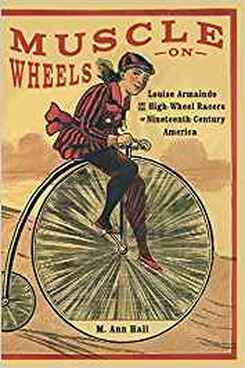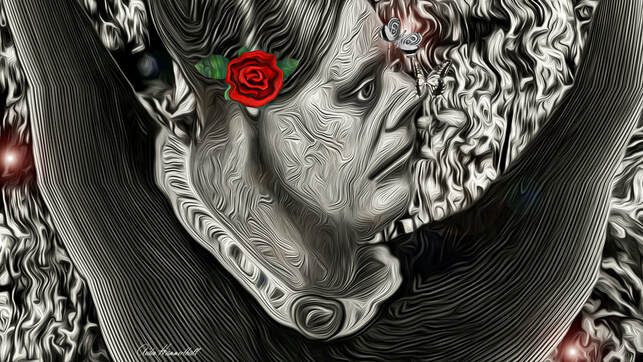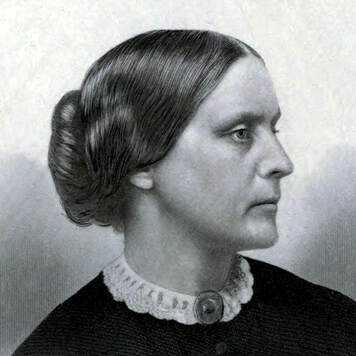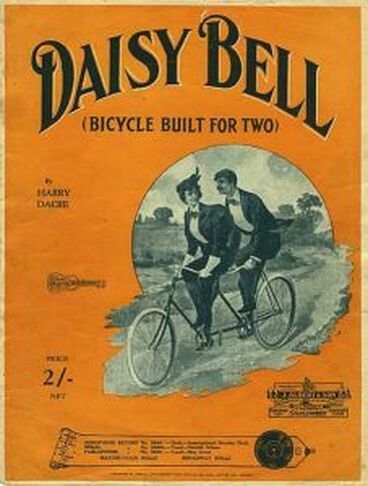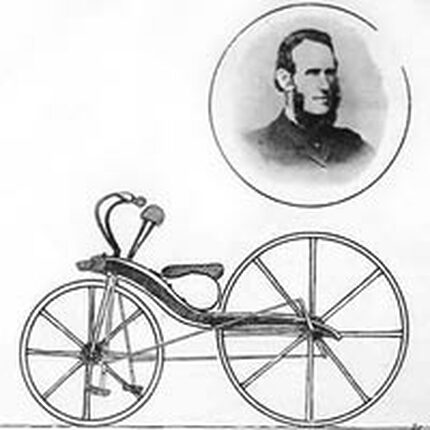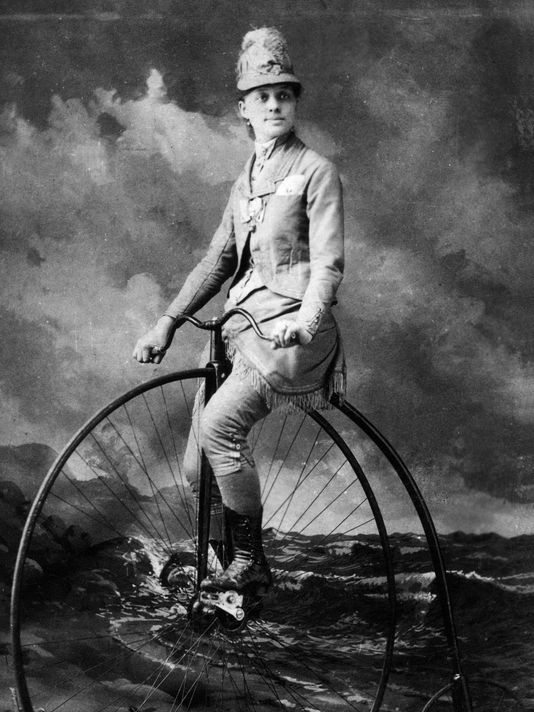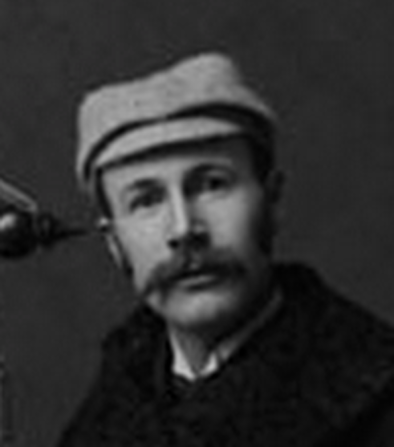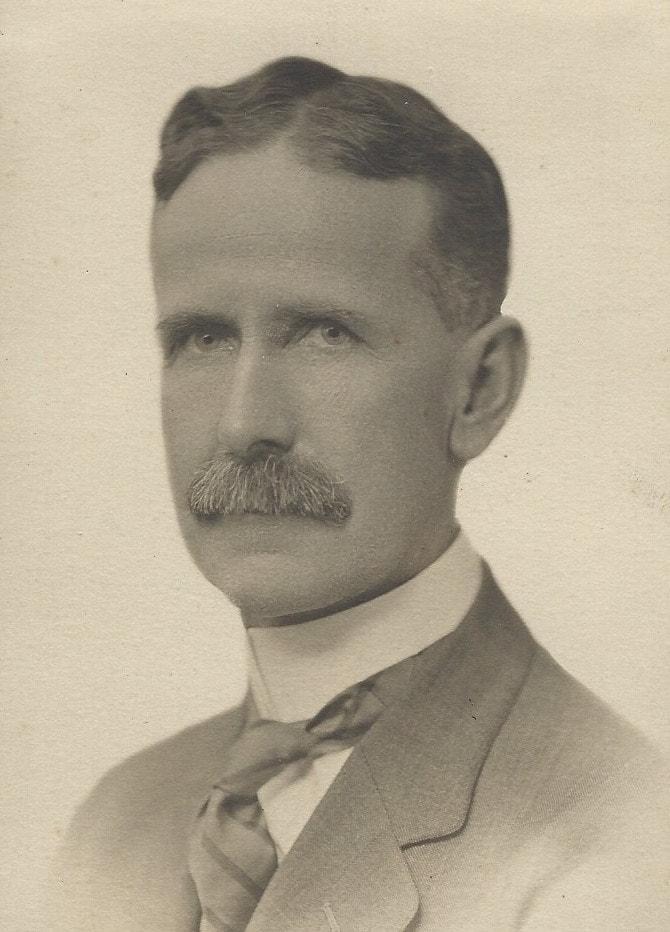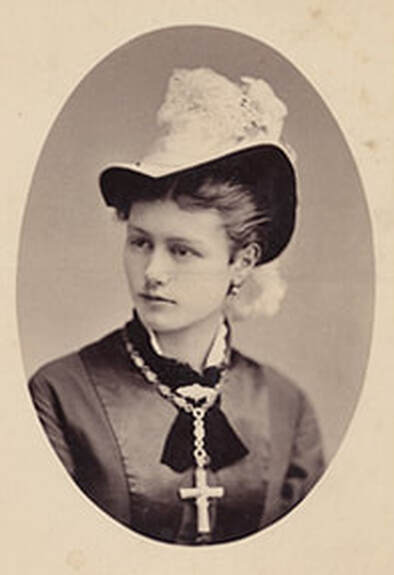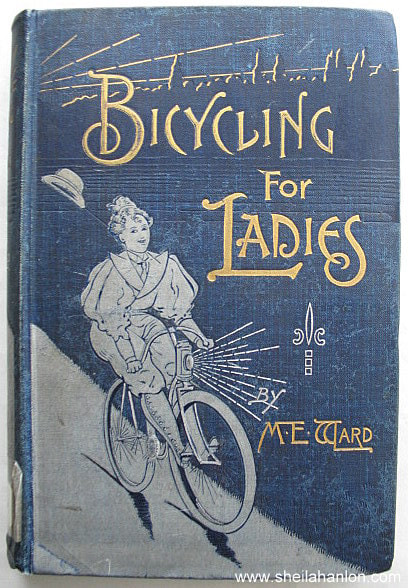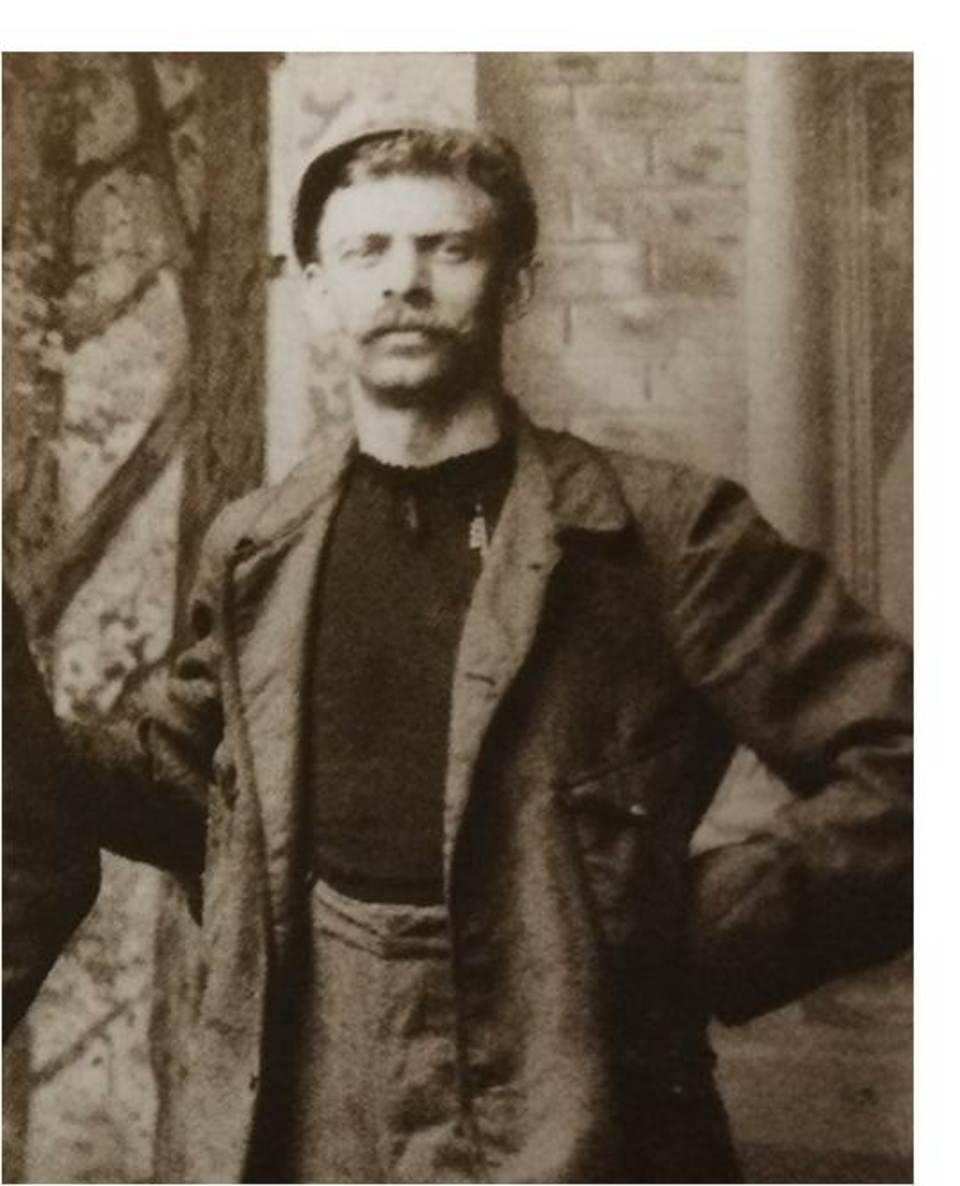According to "Our City, Our Sports" published by the Canadian Wheelmen's Association, there were four North American bicycle clubs formed in 1878, the first year such clubs existed on this continent. Listed by order of formation, they were Bangor, Boston, Montreal and San Francisco. By 1894, the Bangor and Boston clubs had ceased to operate, making the Montreal Bicycle Club the oldest in North America. This naturally led to the question from current members as to which is the oldest bicycle club in the world?
A search on Google suggests it may be the Pickwick Bicycle Club which was founded in 1870. This club mixes activities related to Charles Dickens and cycling. When looking at their website we discovered that they apply sobriquets to there members from the pages of Pickwick Papers.
The Montreal Bicycle Club mixes current cycling activities and early cycling history. Like the world's oldest bicycle club we also apply Sobriquets to our current members based on persons associated with early cycling.
A search on Google suggests it may be the Pickwick Bicycle Club which was founded in 1870. This club mixes activities related to Charles Dickens and cycling. When looking at their website we discovered that they apply sobriquets to there members from the pages of Pickwick Papers.
The Montreal Bicycle Club mixes current cycling activities and early cycling history. Like the world's oldest bicycle club we also apply Sobriquets to our current members based on persons associated with early cycling.
Sobriquets Used by Montreal Bicycle Club
(in order of date adopted)
(in order of date adopted)
|
A.T. Lane |
From Karl Kron's 10,000 Miles on a Bicycle
"As the main roads of the Dominion show a better average excellence than those of the Union, there is a certain appropriateness in the fact that the earliest-printed of American road- books should be the work of Dominion wheelmen. Indeed, the first trail made on this continent by the rubber tire of a modem bicycle is accredited to A. T. Lane, one of the founders of the Montreal B. C, who imported thither a 50 in. Coventry in season to take his first ride July i, 1874"
|
Louis Rubenstein
An early member of the Montreal Bicycle Club, and a world champion figure skater.
Nickname: Louis Louis Map My Tracks name: louisR |
|
|
Early female fancy rider
|
Miss M.J. Frothingham In 1869 the "Grand Velocipede Masquerade" was held at the Drill Hall Rink in Montreal to the tunes of the city's 69th Regiment Band and attracted between forty and fifty riders. Among the highlights was a one-mile race, demonstrations of "fancy riding" and an exhibition on two and three wheeled machines by Boston rider Miss M.J. Frothingham.
|
|
C. J. Sidey
One of the original founders of the Montreal Bicycle Club.
Former president of the Edinburgh Amateur Bicycle Club 1881 - Returns to Europe, Club gives him a farewell dinner |
|
John James Henry Strumey Known as Henry Strumey
1879 - Early leader of what becomes Cycling Touring Club (UK National cycling Association) 1893 - Founder of International Cycling Association (ICA) 1897 - Closely associated with Damiler cars, first person to drive from John O Groats to Lands End 1899 - Comes to Montreal for World Meet as president of ICA 1901 - Patents 3 speed hub gear for bicycles |
|
W.G. Ross W.G. Ross captured the 1 mile and 5 mile Canadian Bicycle Championships in 1882 and won 15 of 16 races he entered in 1883. His online biography can be found here: http://www.biographi.ca/en/bio/ross_william_gillies_15E.html |
|
James Starley James Starley (21 April 1830 – 17 June 1871) was an English inventor and father of the bicycle industry He was one of the most innovative and successful builders of bicycles and tricycles. His inventions include the differential gear and the perfection of the bicycle chain drive.
It was a 50 inch High Wheel Conventry that A.T. Lane of Montreal first rode on Dominion Day July 1 1874 in Montreal. Articles published in the 18th century credit A.T. as the first High Wheel Bicycle rider in North America. |
Starley Memorial Coventry England
|
|
Amelia Bloomer Amelia Jenks Bloomer (May 27, 1818 – December 30, 1894) was an American women's rights and temperance advocate. Even though she did not create the women's clothing reform style known as bloomers, her name became associated with it because of her early and strong advocacy. She was the first woman to own, operate and edit a news vehicle for women.
|
Alice Hawkins An early Suffragette and member of the Woman's Social and Political Union. Organizing working class women in Northern or Midland towns and rural areas presented unique challenges, one of which was transportation. Alice Hawkins and her fellow suffragettes overcame this obstacle by jumping on their bicycles.
|
|
Marijtje |
G.T. Bishop 1885 Standard Bearer on club rides. George Trenholme Bishop was the son of George Clarke Bishop and Mathilda Trenholm. George Clarke Bishop was the owner of George Bishop Engraving and Printing Company and G. T. was a typographer in the company although he ended up buying the company in 1894 after his father ran up massive debts in land speculation. In the end, the solution was not far away from the MBC and there is an ad in the 1894 CWA booklet, Our City and Our Sports naming G. Trenholme Bishop as the new owner. G. T. had an early end, dying in 1906 in Denver, Colorado. |
|
The Cole Sisters trip from Montreal to Ottawa, 1916
|
Phylis Cole (The Hearty One) & Joan Cole
Sister of Dorothy, club rumour has it that shortly after a hospital discharge from a heart attack she was seen out chopping wood.
When questioned about the safety of doing that , her reply was "They did not say I should not chop wood ". Although there names were Dorothy, Phylis and Joan, which one was which in the photo remains a mystery to the club. |
|
Mrs. McCormick, Montreal, Quebec, 1895
Aside from this photograph, which shows her as an early Montreal Bicycle Club member, not much is known about Mrs McCormick by the current members.
However speculation is that Mr McCormick is none other than A.S. McCormick who is mentioned in the 1894 annual report and whose photo the McCord Museum has labelled as A.S. McCormack, 1894. A. S. McCormack and bicycle, Montreal, QC, 1894
|
Mrs. McCormick and bicycle, Montreal, QC, 1895
|
|
Louise Armaindo
The story of Louise, an early example of Women who raced High Wheel Bicycles, became known to modern club members by Ann Hall's research in producing the book, Muscle on Wheels: Louise Armando and High Wheel Racers of Nineteenth Century America. |
Susan B. Anthony
" Let me tell you what I think of bicycling. I think it has done more to emancipate women than anything else in the world. I It gives women a feeling of freedom and self reliance. I stand and rejoice every time I see a woman ride by on a wheel....the picture of free, untrammeled womanhood."
|
Daisy Bell
This sobriquet caused a bit of debate within the club. Do we accept a name not of a real person but rather the name of a song?
After much thought, and as a nod towards the liberation of fictional characters the answer is yes!!! A bit of research into the name confirms the link to tandem bicycles and the fact that song may also been inspired by MBC member Daisy Greville. Just as with the multiple Cole sisters, we will have to keep track which Daisy we are referring to. |
|
Dr. Parry E. Doolittle
Today known as the "Father of the Trans Canada Highway". Dr Doolittle first built a bicycle made of wood in 1878, he next made an iron bicycle using the barrel of an old gun as the backbone. He won his first bicycle race in 1881, and by 1883 had ridden 10,000 miles on a bicycle.
(The Canadian Wheelman October 1883) In those early years the Canadian Wheelman has multiple reports of his races and fancy riding competitions and by 1887 he had amassed a large collection of medals which was unfortunately lost. (The Canadian Wheelman April 1887 page 65) In 1894 Dr Doolittle lost a closely fought battle to be president of the CWA to A.T. Lane 764 votes to 753. (The Wheel and Cycling Trade Review March 30 1894) . He would have won this election except for the fact that 50 proxy votes were in the pockets of two representatives who were absent for the room at the time of the election. His biography can be found on various websites some of which are listed below. https://www.mountpleasantgroup.com/en-CA/General-Information/Our%20Monthly%20Story/story-archives/mount-pleasant-cemetery/PE%20Doolittle.aspx https://www.ccil.com/media/dr-doolittle https://ccil.com/assets/Doolittle%20Bio.pdf Exilda Lachapelle
Born 15 Feb 1859 in Montreal she became a professional walker (Pedestrienne). In 1879 at the Folly Theater in Chicago she walked 3,000 quarter-miles in 3,000 quarter hours. This may have been observed by Louise Armaindo and given her the inspiration to become a Pedestrienne herself, later making the transition to a cyclist. Maria E. Ward During the bicycle craze of the 1890s, Ms Ward published a popular book aimed at getting more women riding.
|
Kirkpatrick Macmillan
Credited as the inventor of the pedal bicycle in 1839. He used a system of connecting rods between the pedals and rear wheel.
http://www.bbc.co.uk/history/historic_figures/macmillan_kirkpatrick.shtml Elsa von Blumen Elsa von Blumen (6 October 1865 - 3 June 1935), real name Caroline Roosevelt, was an early American female cyclist in the late 19th century. Since Elsa was one of the first women in the United States to race a high wheel bicycle her manager, Bert Miller, decided that pitting her against horses was more profitable.
By 1882, von Blumen was then known as the women's cycling champion, however losing that title to Louis Armaindo that year. Frank Maurice Stinson Jenkins
Frank Maurice Stinson Jenkins (July 6, 1859 – December 5, 1930) was an early amateur ice hockey player. He was a founder, and the first captain of the Ottawa Hockey Club (Ottawa HC) of 1883. He was also the founder in 1894 of Ottawa's first full-size orchestra, the Ottawa Amateur Orchestral Society. which he conducted until 1900.
He was also the captain of the Ottawa Bicycle Club when it was founded August 14, 1882. In 1884 he rode a High Wheel Bicycle from Ottawa to Matane, Quebec. |
|
Louis de Franklin, "Birdie" Munger
Today he is most famous for his association with Major Taylor. However Birdie was also notable on his own.
http://www.coachbuilt.com/bui/m/moore_munger/moore_munger.htm Quoting form the above URL "Louis (Birdie) de Franklin Munger (b.1863 – d. 1929) was born in Detroit, Michigan sometime during 1863 to Theodore and Mary Jane Pattee Munger, two native Canadians who had emigrated to the United States in 1859. The Mungers established a small farm in Black Hawk County, Iowa, but relocated to Windsor, Ontario, Canada shortly after Louis's birth. The elder Munger eventually found work in the Detroit, Michigan patent office and in that capacity exposed young Louis to the world of invention. The 1880 US Census reveals that 16-year-old Munger was “working in a blind factory” but within two years his name began to appear as a contestant in regional high-wheel bicycle races. " His name appears as a competitor at the July 1 CWA 1885 Meet at Woodstock Ontario. (The Meet at which A.T. Lane won the one mile tricycle race medal). A few days later 10 July 1885 he and five other top racers from the US took part in the 100 mile race from Coburg to Kingston known as the "Big Four Century Road Race". It was so called because it was part of a tour of Wheelmen from Chicago, Buffalo, Boston and New York. He finished second in this race despite a "fearful shake-up for Munger, who ran into a horse, or rather the horse backed into him. Forced thus to make a back dismount, and landing astride the backbone of his wheel, he was 'knocked out ' for the space of ten minutes". Despite this shake up. Birdie also rode a High Wheel Bicycle across the US in 1886, founded bicycle manufacturing companies and eventually becoming wealthy as result of his tire patent. |


